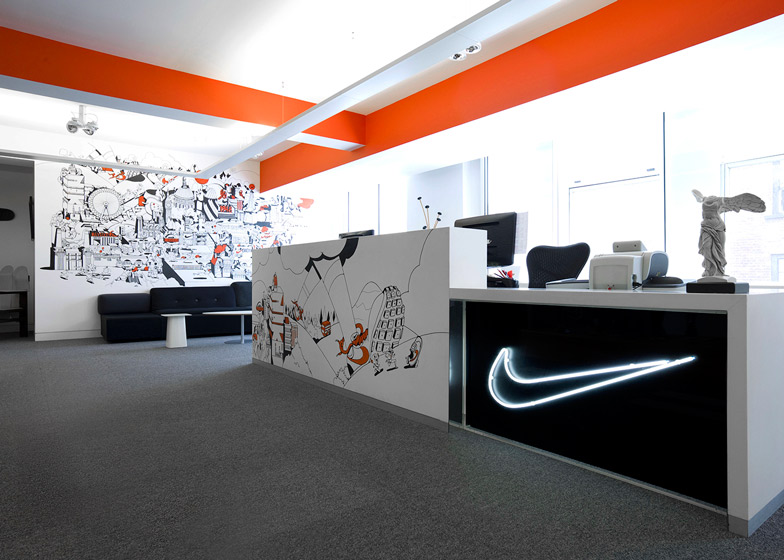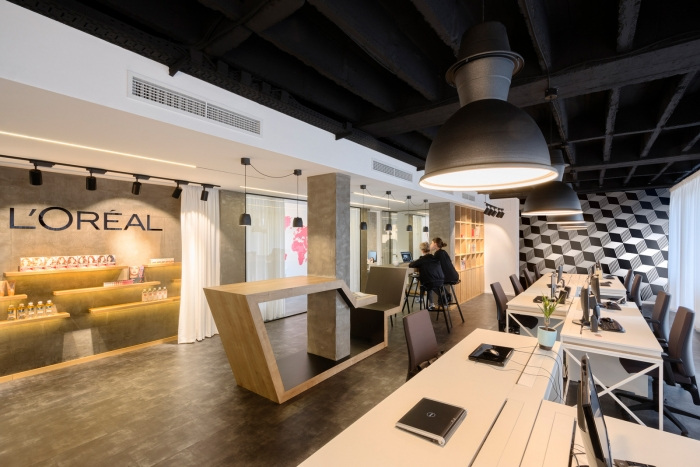In this month’s content series, we’re looking at those manufacturing businesses that have taken the brave step of cutting out the middlemen and engaging directly with their consumers.
We touched on the start-up mentality of Dollar Shave Club and how they were able to take on the big boys in the male grooming market with low cost (but quality) product, quirky marketing and digital engagement.
But it isn’t just the start-ups that are winning.

Let’s think about this quote:
“Consumers are seeking more value and benefits from what they purchase and consume. They are also seeking more premium experiences, and at the same time seeking value.”
There’s several key things to take from this statement.
- Value
- Benefit
- Great experience
Now let’s think about Dollar Shave Club.
- It’s a much cheaper, but comparable product.
- They send everything to you monthly based on your needs.
- They have happy customers who eventually become online ambassadors, feeding back into their digital marketing efforts.
It seems a fairly straightforward formula.
Now, we’ll tell you where the quote came from. It’s actually from PepsiCo CEO Indra Nooyi. Apparently, the brand’s e-commerce sales are “growing brilliantly” thanks to a few new initiatives around delivery of pre-packaged snacks and ice-cold drinks.
It doesn’t scream out as the first thing you’d expect to thrive in the DTC model, but it sounds like it’s working.
And that’s the key point. It doesn’t matter about the size of the brand, their profile, or the market they operate in. What matters, is what the consumer needs and how the manufacturer can cater to these needs.
Let’s look at a couple more examples of brands that are winning with a DTC model.

Nike
The plan for the sportswear giant is to grow its sales by 250% with a key strategy being focussed on direct to consumer sales.
Vital to this is the Nike+ app. This enables consumers to purchase directly and quickly from their smartphone. Nothing ground-breaking there. But what it also does is extend that direct relationship around the lifestyle and benefits of the sports their consumers are participating in. Consumers / athletes have access to a dashboard to track their progress and metrics. This also gives Nike access to the all-important consumer data. Now that’s the clever bit.
L’Oréal
The megabrand has been selling through their own e-commerce website for a number of years now, with e-commerce sales in 2016 rising by 33% year on year. Earlier this year it was confirmed they equated to 17.6% of total sales – that’s huge considering the ubiquitous nature of the products in bricks and mortar stores the world over.

Tide
As one of the biggest manufacturers in the world, Proctor & Gamble know a thing about traditional models for getting their product to market. But that hasn’t stopped them innovating.
They recently set up a subscription service for Tide Pods Laundry detergent, providing the business with an opportunity to collect valuable customer data as well as being ready for the potential impact the Internet of Things will have on the daily lives of the consumer, anticipating household needs and responding accordingly.
So, what can we learn?
It doesn’t matter about the size of the business – even Kellogg’s are getting in on the act – for a direct to consumer approach to work. What matters is understanding your consumer, their needs, and providing a product and service that caters to those needs, in the most efficient way possible.
It’s an easy and straightforward model. If you get it right.
At J B Cole, we work with manufacturing and complex organisations to understand operational inefficiencies and customer requirements to identify the right tech to respond to the individual challenges of the specific sector and client.
You can learn more about our client approach and results through our case studies, as well as our work in the manufacturing industry at one of our upcoming events.
